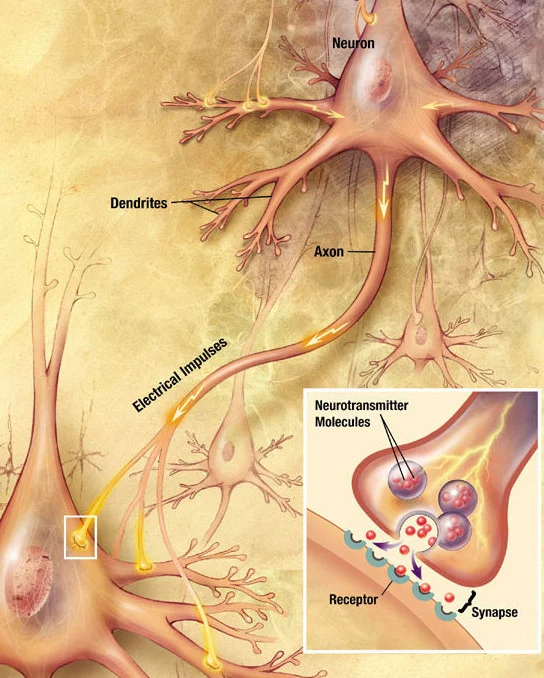Activation Functions
Activation functions define the output of a graph node given a set of inputs, as illustrated below. Activation functions:
provide the capability to introduce non-linearity in order to model non-linear aspects of the real world
are monotonic - that is, they either constantly increase or decrease - this is important in neural network training to avoid chaotic behavior
Activation Functions commonly used in Machine Learning include:
Activation Function Generalized Equation
An activation function receives the sum of inputs which are modified by weights and a bias, modifies the input sum and produces an output. During neural network training, the weights and bias are repeatedly modified in order to produce a neural network result that has a minimal error (loss) compared to observed training examples.
Using: b = bias a = value passed in from another node w = weight to be applied to the value s = sum of the weighted values and the bias g = activation function applied to the sum t = output values sent to other nodes
In an Artificial Neural Network, Activation Function nodes are positioned between input and output nodes:
and the flow of data through nodes looks like this:
Activation Function Example from Nature
Activation functions are modeled on biological brain and other body cells.
One example is the shift in the action potential of a brain cell. Brain neurons and axons activate and carry electrical signals via neurotransmitter molecules:
BY USER:LOOIE496 CREATED FILE, US NATIONAL INSTITUTES OF HEALTH, NATIONAL INSTITUTE ON AGING CREATED ORIGINAL - HTTP://WWW.NIA.NIH.GOV/ALZHEIMERS/PUBLICATION/ALZHEIMERS-DISEASE-UNRAVELING-MYSTERY/PREFACE, PUBLIC DOMAIN, HTTPS://COMMONS.WIKIMEDIA.ORG/W/INDEX.PHP?CURID=8882110
The voltage of a signal over time looks like this:
By Original by en:User:Chris 73, updated by en:User:Diberri, converted to SVG by tiZom - Own work, CC BY-SA 3.0, https://commons.wikimedia.org/w/index.php?curid=2241513



